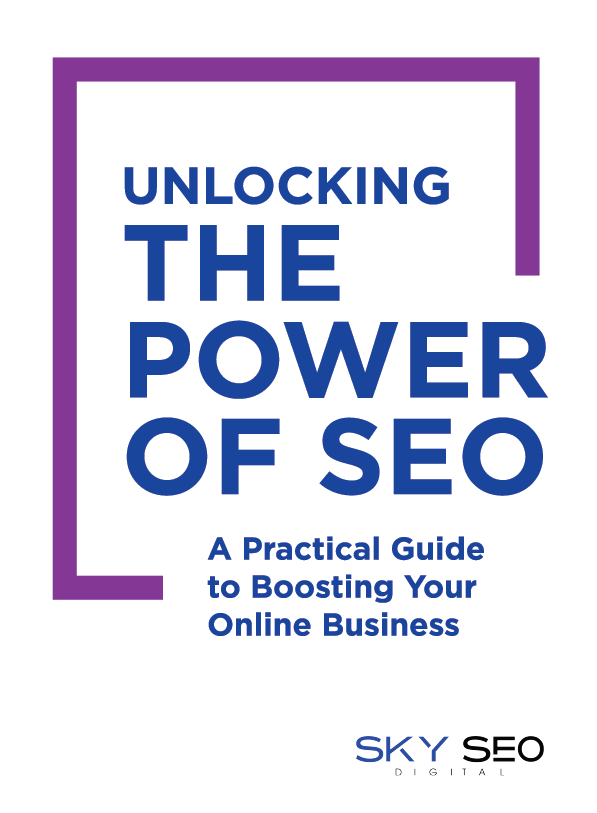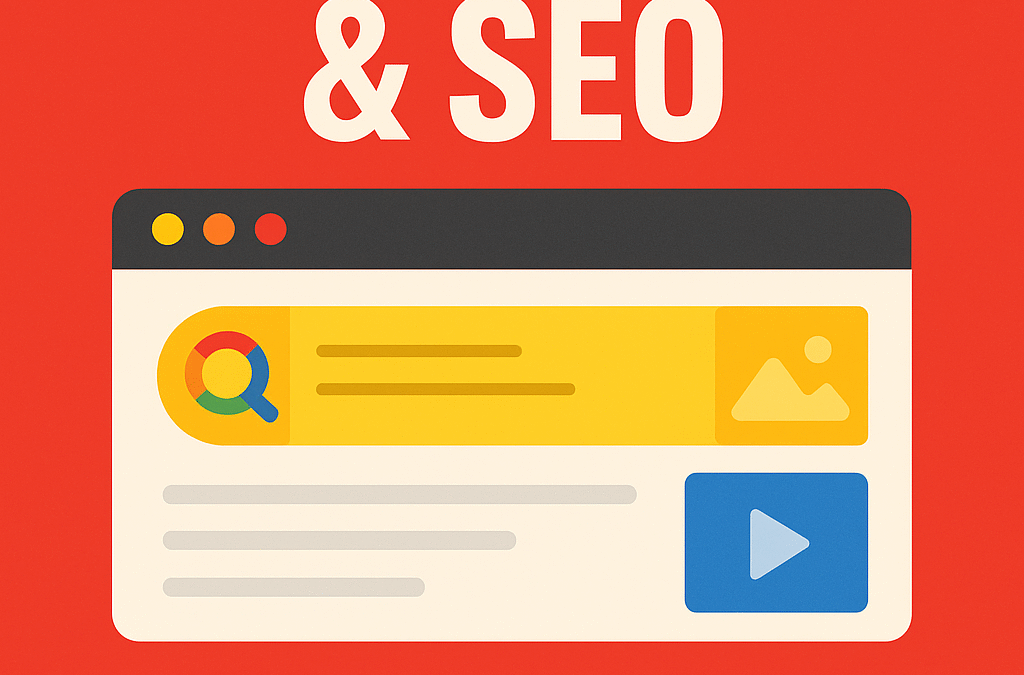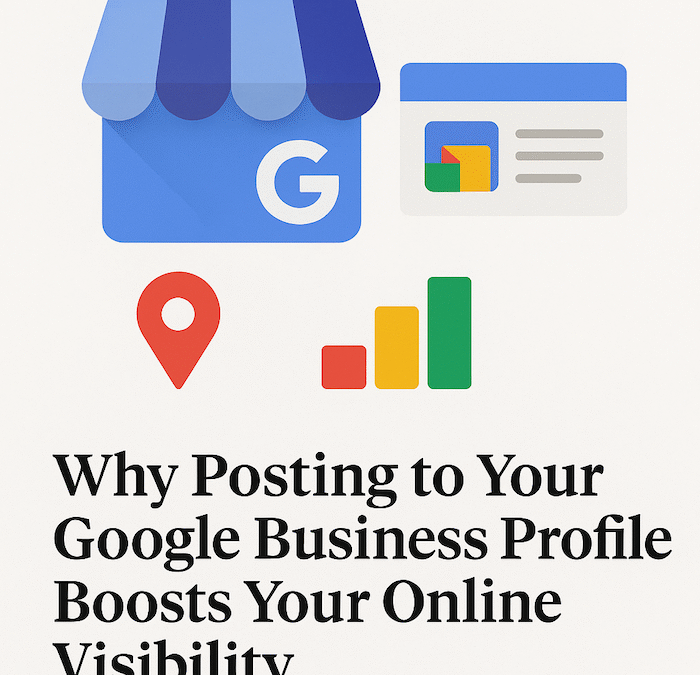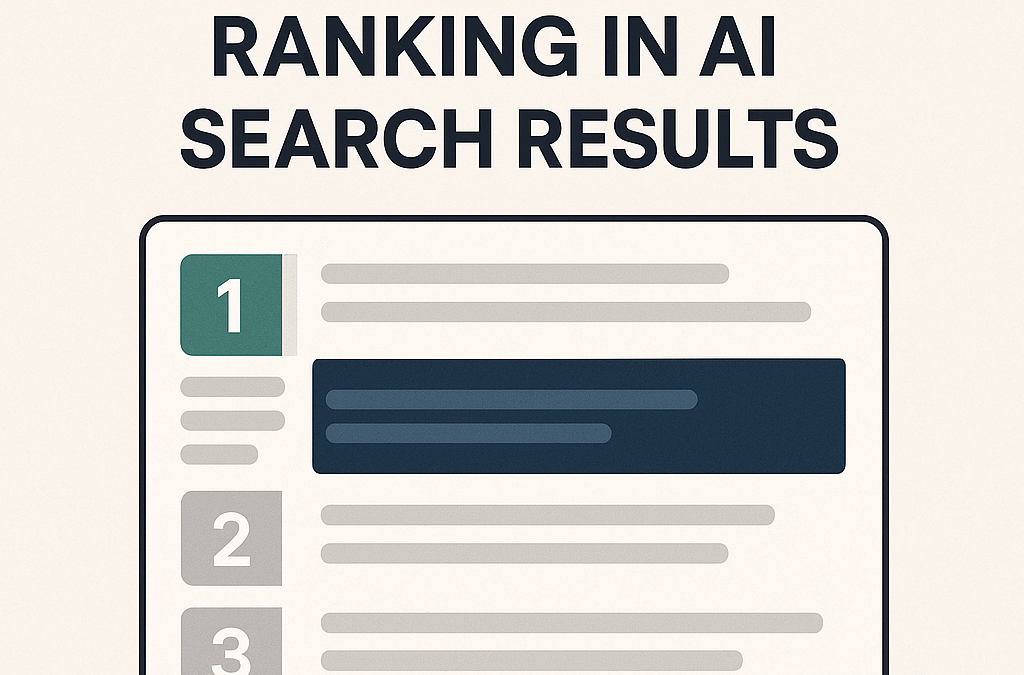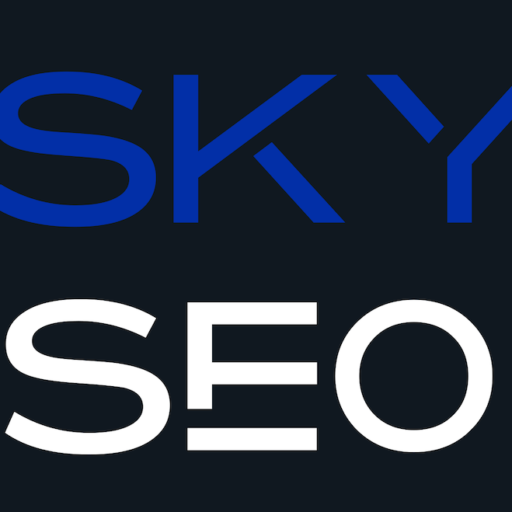As AI-powered summaries continue reshaping how search results are presented, earning a spot in Google’s AI Overview isn’t just a vanity goal—it’s the new front page of search visibility. These overviews appear before traditional organic links, summarizing trusted content to answer user queries quickly and clearly. For digital marketers, the question has shifted from “How do I rank?” to “How do I become the source AI trusts?”
To help your content win these high-value positions, here are five SEO strategies designed to improve your chances of being featured in AI Overviews—while strengthening your overall digital presence in the process.
1. Create Helpful, User-First Content
Google’s AI Overview draws from content that demonstrates value to the end user—emphasizing clarity, intent, and utility over keyword density. To align with these expectations:
- Write direct, useful answers to frequently searched questions
- Use a conversational tone that mirrors how people speak and search
- Avoid fluff or filler content; every paragraph should add value
- Focus on intent, not just keywords—what is the searcher trying to accomplish?
AI doesn’t just scan for keywords—it evaluates how well your content addresses user needs. This means content should be built to solve problems, guide actions, or explain complex topics in simple, actionable language.
Pro Tip: Use tools like “People Also Ask” or your own site search data to identify what users are actually looking for—and create bite-sized content blocks that provide immediate value.
2. Optimize the Page Experience
AI tends to highlight content from sites that offer fast, user-friendly experiences. If your page loads slowly, has intrusive pop-ups, or lacks mobile responsiveness, you’re less likely to be featured—even if your content is technically strong.
Make sure your site:
- Meets Core Web Vitals standards (speed, interactivity, visual stability)
- Loads quickly on both desktop and mobile devices
- Offers clean, intuitive navigation with a logical content hierarchy
- Limits ad clutter and avoids disruptive interstitials
AI is tuned to prioritize trust and usability. A clean, efficient interface sends the right signals.
Pro Tip: Run a technical audit regularly using tools like PageSpeed Insights or Lighthouse to identify friction points in your UX.
3. Ensure Crawlability and Indexability
Even the most helpful content will never show up in an AI Overview if search engines can’t access or understand it. This means technical SEO is just as important as content strategy.
To ensure proper discovery:
- Check that your robots.txt and meta tags aren’t accidentally blocking critical pages
- Audit for duplicate or thin content, which can confuse crawlers and dilute authority
- Maintain a clear internal linking strategy that supports content clusters
- Submit and update your sitemap in Google Search Console regularly
Crawlable, indexable content that’s well-structured and updated frequently is more likely to be considered for AI summarization.
Pro Tip: Focus on topic depth, not just keyword coverage. AI looks for well-supported pages with context, depth, and semantic structure.
4. Structure Content for AI Consumption
AI favors content that is logically organized and easy to break down into digestible segments. Formatting isn’t just about aesthetics—it’s about helping machines understand your message.
Improve your AI-readiness by:
- Using clear headings (H2s and H3s) to define topic sections
- Starting each section with a summary sentence that distills the key point
- Using bullet points or numbered steps for lists and processes
- Keeping paragraphs short—ideally under 3 lines
This kind of formatting mirrors how AI parses, summarizes, and presents content. When your structure does the heavy lifting, AI is more likely to feature you.
Pro Tip: Write summaries for your top sections that fall within 40–60 words—the sweet spot for snippet-style extraction.
5. Build Authoritativeness and Trust Signals
Credibility matters. AI Overviews are designed to pull from sources that are both topically relevant and considered trustworthy. That means your content and your brand need to prove authority.
Build trust by:
- Adding author bylines with bios and credentials
- Clearly outlining your editorial process or content guidelines
- Pursuing quality backlinks from reputable, topic-aligned domains
- Increasing brand mentions across PR, guest posts, and media features
- Maintaining consistency in tone, accuracy, and source citations
The more your website is associated with trusted, expert content in a particular niche, the higher the chances AI will turn to you as a primary source.
Pro Tip: Build topical clusters around expertise. Don’t just write one great article—own the category with supporting content that demonstrates authority.
Why This Approach Pays Off
While not every AI Overview result drives a direct click, the brand visibility and credibility benefits are substantial. Being featured establishes your website as a go-to resource—especially as zero-click searches and AI-powered responses become more dominant.
These tactics also reinforce best practices in SEO overall. Structured content, fast performance, technical health, and user-focused design all contribute to long-term rankings, stronger brand equity, and better conversion paths.
In short, optimizing for AI Overviews doesn’t just prepare you for the future—it makes you better in the present.
AI Overview FAQs
What’s the difference between a featured snippet and an AI Overview?
Featured snippets show one selected answer; AI Overviews summarize content from multiple sources, giving users broader context.
Does being in an AI Overview reduce site traffic?
Sometimes—but it increases brand visibility and authority. Users may not click immediately, but they begin to associate your site with trusted answers.
Do I still need to focus on traditional SEO?
Yes. Solid SEO fundamentals—technical audits, content strategy, internal linking—are essential for being featured in any AI-powered format.
How often should I update my content to stay eligible?
Every 3 to 6 months is ideal. Refreshing content keeps it relevant, accurate, and aligned with shifting user behavior and algorithms.
Can I track my appearance in AI Overviews?
Tracking is still limited, but platforms like Google Search Console and emerging SEO tools are starting to flag AI-related placements. In the meantime, watch for zero-click behaviors and impression lifts.


